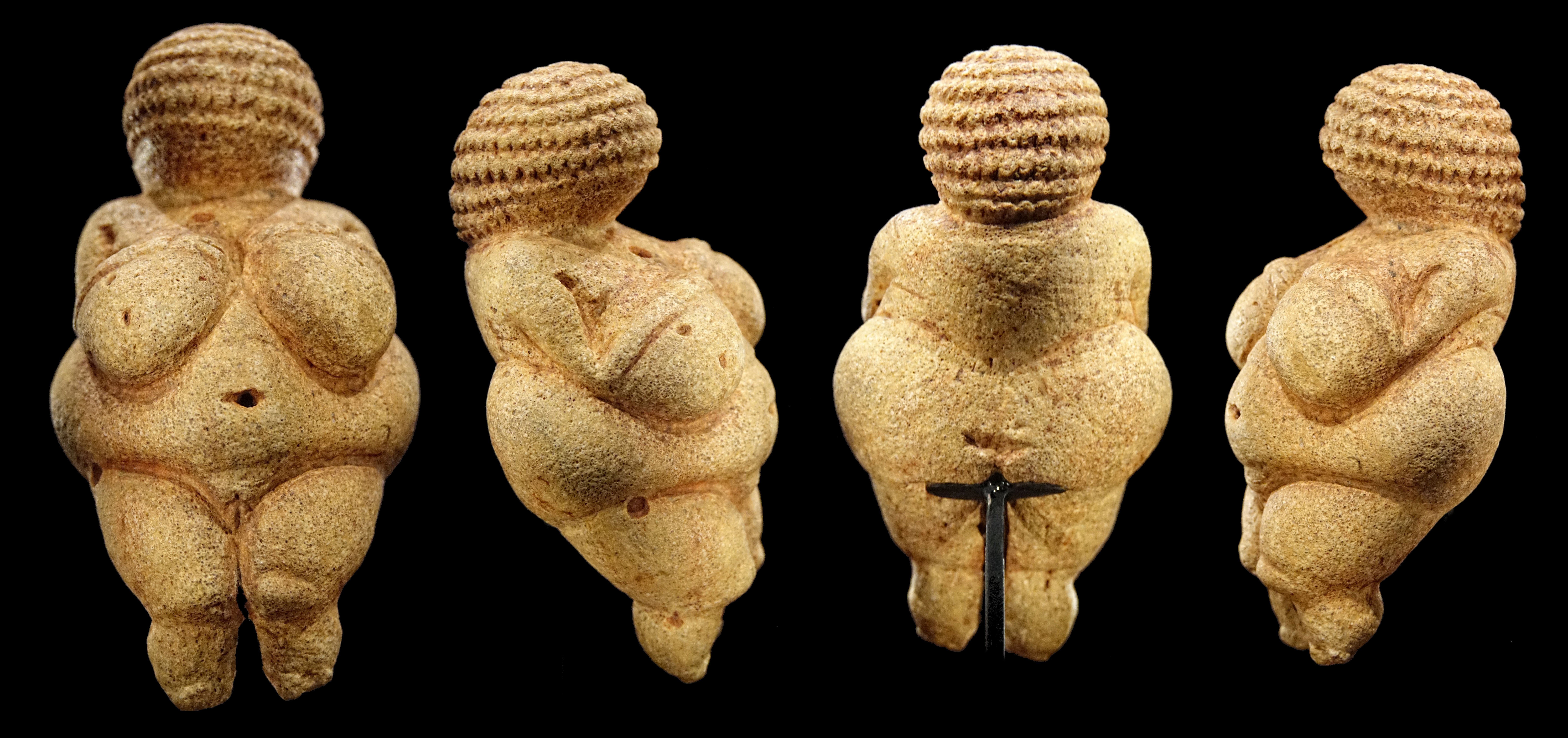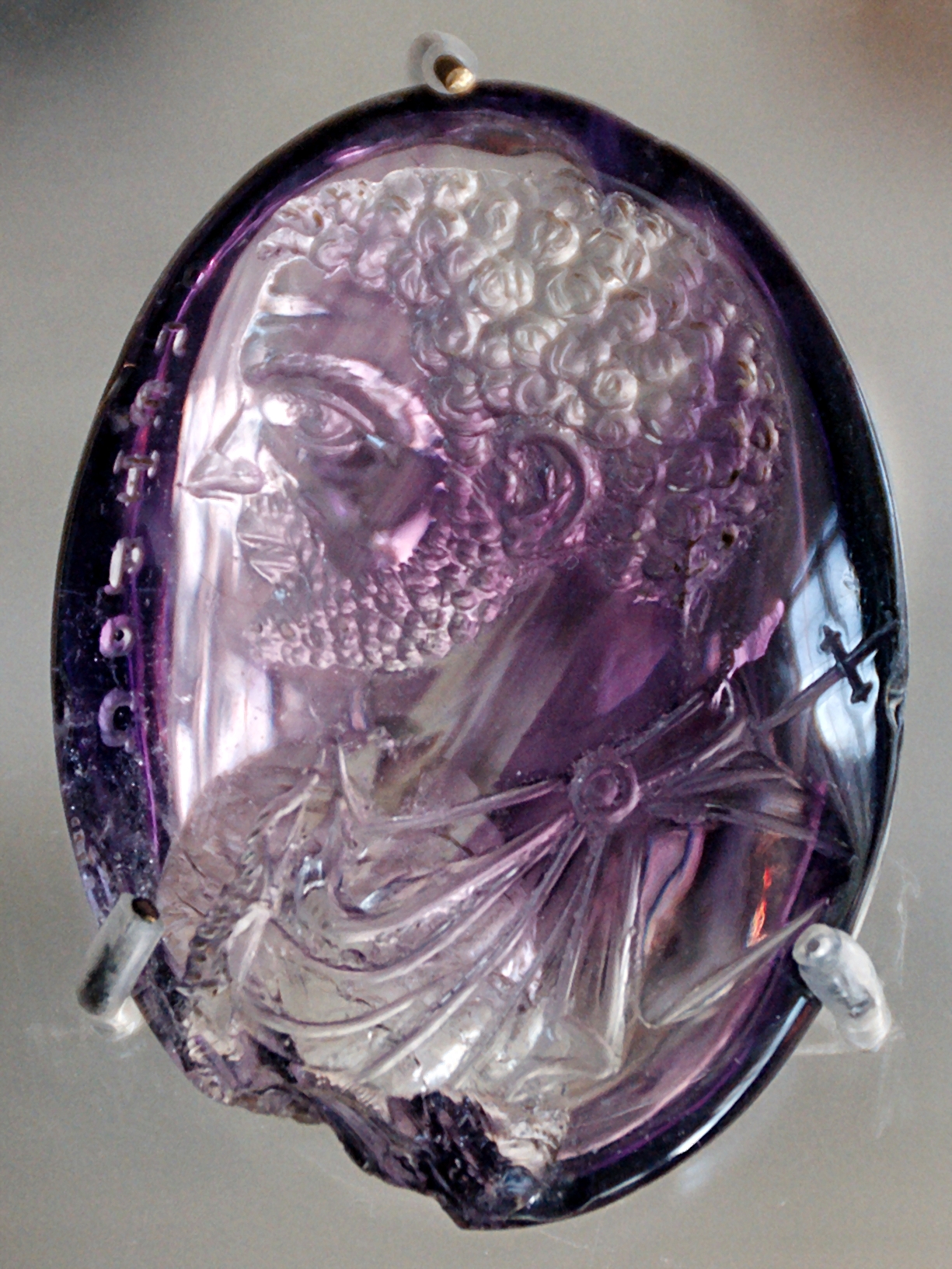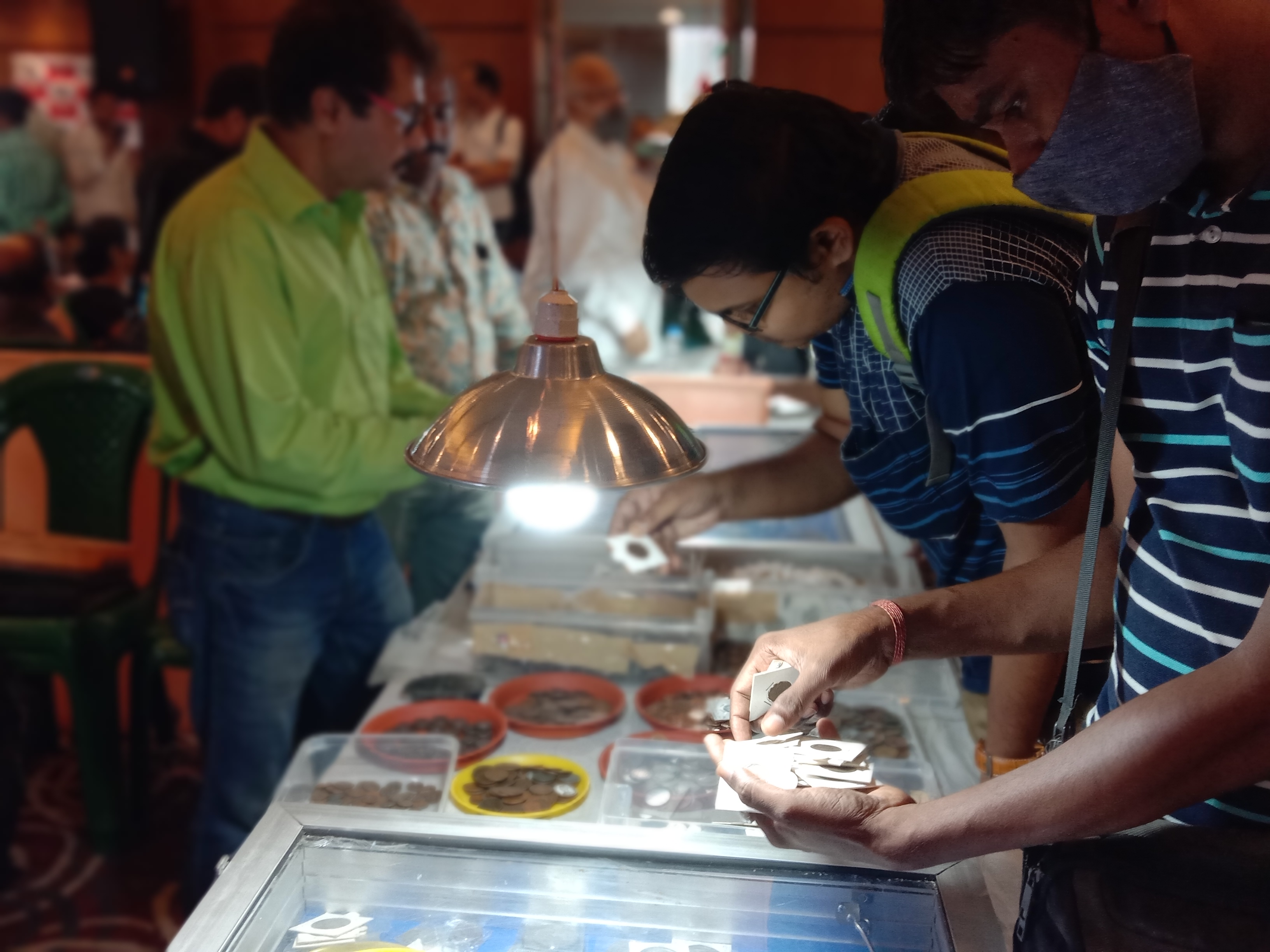|
Epigraphy
Epigraphy () is the study of inscriptions, or epigraphs, as writing; it is the science of identifying graphemes, clarifying their meanings, classifying their uses according to dates and cultural contexts, and drawing conclusions about the writing and the writers. Specifically excluded from epigraphy are the historical significance of an epigraph as a document and the artistic value of a literary composition. A person using the methods of epigraphy is called an ''epigrapher'' or ''epigraphist''. For example, the Behistun inscription is an official document of the Achaemenid Empire engraved on native rock at a location in Iran. Epigraphists are responsible for reconstructing, translating, and dating the trilingual inscription and finding any relevant circumstances. It is the work of historians, however, to determine and interpret the events recorded by the inscription as document. Often, epigraphy and history are competences practised by the same person. Epigraphy is a primar ... [...More Info...] [...Related Items...] OR: [Wikipedia] [Google] [Baidu] |
Sanskrit Written On The Brihadisvara Temple, Thanjavur
Sanskrit (; attributively , ; nominally , , ) is a classical language belonging to the Indo-Aryan branch of the Indo-European languages. It arose in South Asia after its predecessor languages had diffused there from the northwest in the late Bronze Age. Sanskrit is the sacred language of Hinduism, the language of classical Hindu philosophy, and of historical texts of Buddhism and Jainism. It was a link language in ancient and medieval South Asia, and upon transmission of Hindu and Buddhist culture to Southeast Asia, East Asia and Central Asia in the early medieval era, it became a language of religion and high culture, and of the political elites in some of these regions. As a result, Sanskrit had a lasting impact on the languages of South Asia, Southeast Asia and East Asia, especially in their formal and learned vocabularies. Sanskrit generally connotes several Old Indo-Aryan language varieties. The most archaic of these is the Vedic Sanskrit found in the Rig Veda, a collect ... [...More Info...] [...Related Items...] OR: [Wikipedia] [Google] [Baidu] |
Palaeography
Palaeography ( UK) or paleography ( US; ultimately from grc-gre, , ''palaiós'', "old", and , ''gráphein'', "to write") is the study of historic writing systems and the deciphering and dating of historical manuscripts, including the analysis of historic handwriting. It is concerned with the forms and processes of writing; not the textual content of documents. Included in the discipline is the practice of deciphering, reading, and dating manuscripts, and the cultural context of writing, including the methods with which writing and books were produced, and the history of scriptoria. The discipline is one of the auxiliary sciences of history. It is important for understanding, authenticating, and dating historic texts. However, it generally cannot be used to pinpoint dates with high precision. Application Palaeography can be an essential skill for historians and philologists, as it tackles two main difficulties. First, since the style of a single alphabet in each given la ... [...More Info...] [...Related Items...] OR: [Wikipedia] [Google] [Baidu] |
Rosetta Stone
The Rosetta Stone is a stele composed of granodiorite inscribed with three versions of a decree issued in Memphis, Egypt, in 196 BC during the Ptolemaic dynasty on behalf of King Ptolemy V Epiphanes. The top and middle texts are in Ancient Egyptian using hieroglyphic and Demotic scripts respectively, while the bottom is in Ancient Greek. The decree has only minor differences between the three versions, making the Rosetta Stone key to deciphering the Egyptian scripts. The stone was carved during the Hellenistic period and is believed to have originally been displayed within a temple, possibly at Sais. It was probably moved in late antiquity or during the Mamluk period, and was eventually used as building material in the construction of Fort Julien near the town of Rashid ( Rosetta) in the Nile Delta. It was found there in July 1799 by French officer Pierre-François Bouchard during the Napoleonic campaign in Egypt. It was the first Ancient Egyptian bilingual text rec ... [...More Info...] [...Related Items...] OR: [Wikipedia] [Google] [Baidu] |
Archaeology
Archaeology or archeology is the scientific study of human activity through the recovery and analysis of material culture. The archaeological record consists of Artifact (archaeology), artifacts, architecture, biofact (archaeology), biofacts or ecofacts, archaeological site, sites, and cultural landscapes. Archaeology can be considered both a social science and a branch of the humanities. It is usually considered an independent academic discipline, but may also be classified as part of anthropology (in North America – the four-field approach), history or geography. Archaeologists study human prehistory and history, from the development of the first stone tools at Lomekwi in East Africa 3.3 million years ago up until recent decades. Archaeology is distinct from palaeontology, which is the study of fossil remains. Archaeology is particularly important for learning about prehistoric societies, for which, by definition, there are no written records. Prehistory includes ove ... [...More Info...] [...Related Items...] OR: [Wikipedia] [Google] [Baidu] |
James Ossuary
The James Ossuary is a 1st-century limestone box that was used for containing the bones of the dead. An Aramaic inscription meaning "James (Jacob), son of Joseph, brother of Jesus" is cut into one side of the box. The ossuary attracted scholarly attention due to its apparent association with the Christian holy family. The existence of the ossuary was announced at an October 21, 2002, Washington press conference co-hosted by the Discovery Channel and the Biblical Archaeology Society. The owner of the ossuary is Oded Golan, an Israeli engineer and antiquities collector. The inscription was initially translated by André Lemaire, a Semitic epigrapher, whose article claiming that the ossuary and its inscription were authentic was published in the November/December 2002 issue of ''Biblical Archaeology Review''. In 2003, The Israel Antiquities Authority (IAA) argued that the inscriptions were forged at a much later date. In December 2004, Oded Golan was charged with 44 counts of forge ... [...More Info...] [...Related Items...] OR: [Wikipedia] [Google] [Baidu] |
Oxford Handbooks
Oxford University Press (OUP) is the university press of the University of Oxford. It is the largest university press in the world, and its printing history dates back to the 1480s. Having been officially granted the legal right to print books by decree in 1586, it is the second oldest university press after Cambridge University Press. It is a department of the University of Oxford and is governed by a group of 15 academics known as the Delegates of the Press, who are appointed by the vice-chancellor of the University of Oxford. The Delegates of the Press are led by the Secretary to the Delegates, who serves as OUP's chief executive and as its major representative on other university bodies. Oxford University Press has had a similar governance structure since the 17th century. The press is located on Walton Street, Oxford, opposite Somerville College, in the inner suburb of Jericho. For the last 500 years, OUP has primarily focused on the publication of pedagogical texts ... [...More Info...] [...Related Items...] OR: [Wikipedia] [Google] [Baidu] |
Ceramic
A ceramic is any of the various hard, brittle, heat-resistant and corrosion-resistant materials made by shaping and then firing an inorganic, nonmetallic material, such as clay, at a high temperature. Common examples are earthenware, porcelain, and brick. The earliest ceramics made by humans were pottery objects (''pots,'' ''vessels or vases'') or figurines made from clay, either by itself or mixed with other materials like silica, hardened and sintered in fire. Later, ceramics were glazed and fired to create smooth, colored surfaces, decreasing porosity through the use of glassy, amorphous ceramic coatings on top of the crystalline ceramic substrates. Ceramics now include domestic, industrial and building products, as well as a wide range of materials developed for use in advanced ceramic engineering, such as in semiconductors. The word "'' ceramic''" comes from the Greek word (), "of pottery" or "for pottery", from (), "potter's clay, tile, pottery". The earliest k ... [...More Info...] [...Related Items...] OR: [Wikipedia] [Google] [Baidu] |
Intaglio (jewellery)
An engraved gem, frequently referred to as an intaglio, is a small and usually semi-precious gemstone that has been carved, in the Western tradition normally with images or inscriptions only on one face. The engraving of gemstones was a major luxury art form in the Ancient world, and an important one in some later periods. Strictly speaking, ''engraving'' means carving ''in intaglio'' (with the design cut ''into'' the flat background of the stone), but relief carvings (with the design projecting ''out of'' the background as in nearly all cameos) are also covered by the term. This article uses ''cameo'' in its strict sense, to denote a carving exploiting layers of differently coloured stone. The activity is also called ''gem carving'' and the artists ''gem-cutters''. References to antique gems and intaglios in a jewellery context will almost always mean carved gems; when referring to monumental sculpture, counter-relief, meaning the same as ''intaglio'', is more likely to be u ... [...More Info...] [...Related Items...] OR: [Wikipedia] [Google] [Baidu] |
Cameo (carving)
Cameo () is a method of carving an object such as an engraved gem, item of jewellery or vessel. It nearly always features a raised (positive) relief image; contrast with intaglio, which has a negative image. Originally, and still in discussing historical work, cameo only referred to works where the relief image was of a contrasting colour to the background; this was achieved by carefully carving a piece of material with a flat plane where two contrasting colours met, removing all the first colour except for the image to leave a contrasting background. A variation of a carved cameo is a cameo incrustation (or sulphide). An artist, usually an engraver, carves a small portrait, then makes a cast from the carving, from which a ceramic type cameo is produced. This is then encased in a glass object, often a paperweight. These are very difficult to make but were popular from the late 18th century through the end of the 19th century. Originating in Bohemia, the finest examples were ma ... [...More Info...] [...Related Items...] OR: [Wikipedia] [Google] [Baidu] |
Repoussé And Chasing
''Repoussé'' () or ''repoussage'' () is a metalworking technique in which a malleable metal is shaped by hammering from the reverse side to create a design in low relief. Chasing (French: '' ciselure'') or embossing is a similar technique in which the piece is hammered on the front side, sinking the metal. The two techniques are often used in conjunction. Many metals can be used for chasing and repoussé work, including gold, silver, copper, and alloys such as steel, bronze, and pewter. These techniques are very ancient and have been extensively used all over the world, as they require only the simplest tools and materials, and yet allow great diversity of expression. They are also relatively economical, since there is no loss or waste of metal, which mostly retains its original size and thickness. Toolmarks are often intentionally left visible in the result. A few among many famous examples of repoussé and chasing are the prehistoric Gundestrup cauldron, the mask ... [...More Info...] [...Related Items...] OR: [Wikipedia] [Google] [Baidu] |
Engraving
Engraving is the practice of incising a design onto a hard, usually flat surface by cutting grooves into it with a burin. The result may be a decorated object in itself, as when silver, gold, steel, or glass are engraved, or may provide an intaglio printing plate, of copper or another metal, for printing images on paper as prints or illustrations; these images are also called "engravings". Engraving is one of the oldest and most important techniques in printmaking. Wood engraving is a form of relief printing and is not covered in this article, same with rock engravings like petroglyphs. Engraving was a historically important method of producing images on paper in artistic printmaking, in mapmaking, and also for commercial reproductions and illustrations for books and magazines. It has long been replaced by various photographic processes in its commercial applications and, partly because of the difficulty of learning the technique, is much less common in printmaking, wher ... [...More Info...] [...Related Items...] OR: [Wikipedia] [Google] [Baidu] |
Numismatics
Numismatics is the study or collection of currency, including coins, tokens, paper money, medals and related objects. Specialists, known as numismatists, are often characterized as students or collectors of coins, but the discipline also includes the broader study of money and other means of payment used to resolve debts and exchange goods. The earliest forms of money used by people are categorised by collectors as "Odd and Curious", but the use of other goods in barter exchange is excluded, even where used as a circulating currency (e.g., cigarettes or instant noodles in prison). As an example, the Kyrgyz people used horses as the principal currency unit, and gave small change in lambskins; the lambskins may be suitable for numismatic study, but the horses are not. Many objects have been used for centuries, such as cowry shells, precious metals, cocoa beans, large stones, and gems. Etymology First attested in English 1829, the word ''numismatics'' comes from the adje ... [...More Info...] [...Related Items...] OR: [Wikipedia] [Google] [Baidu] |
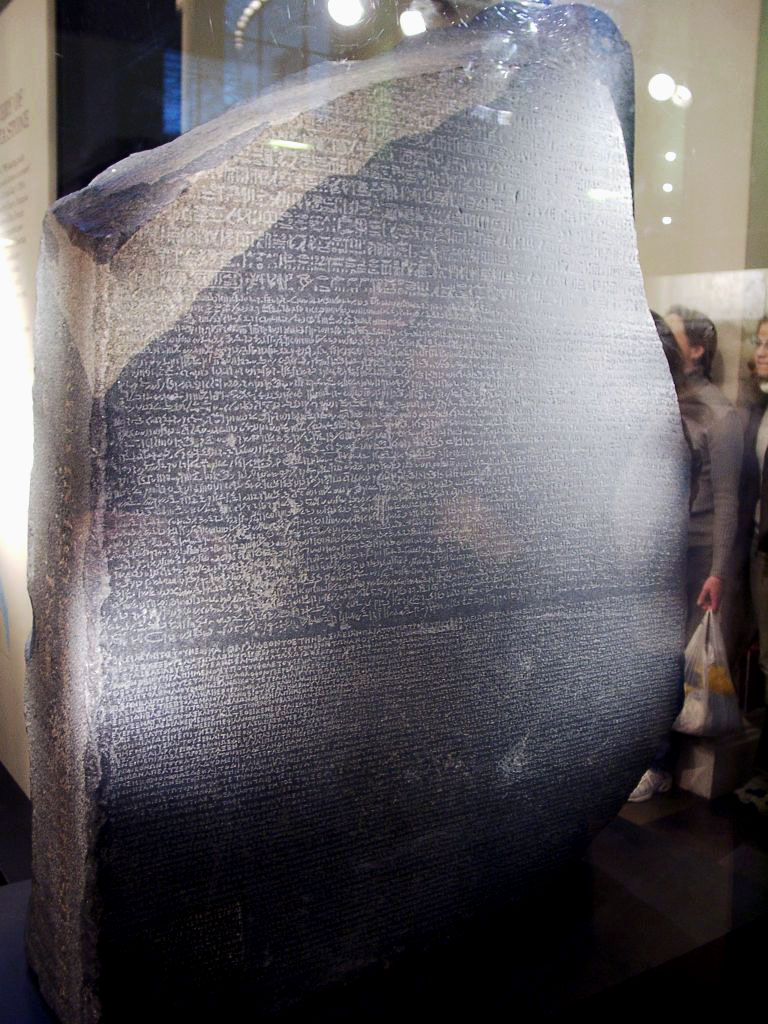
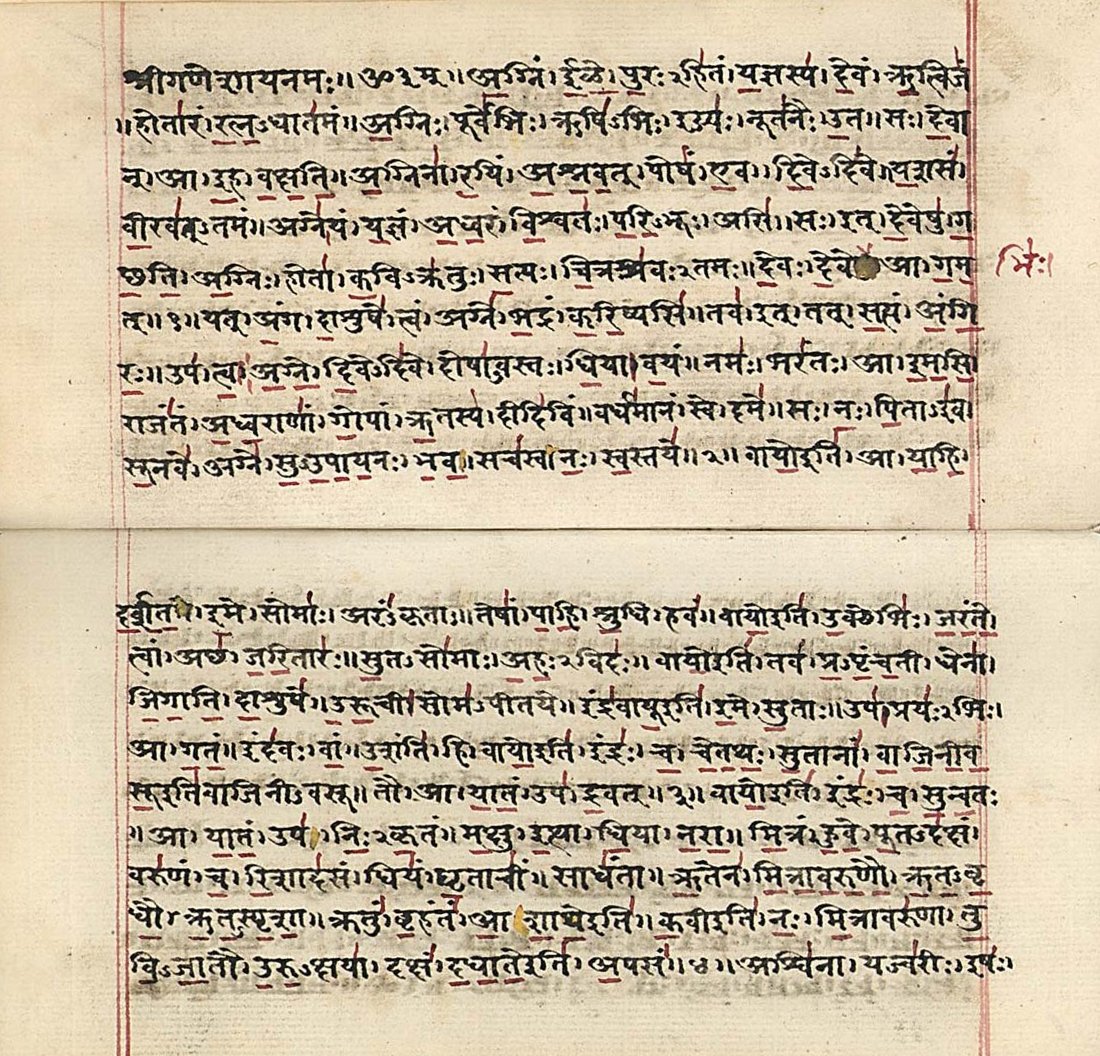
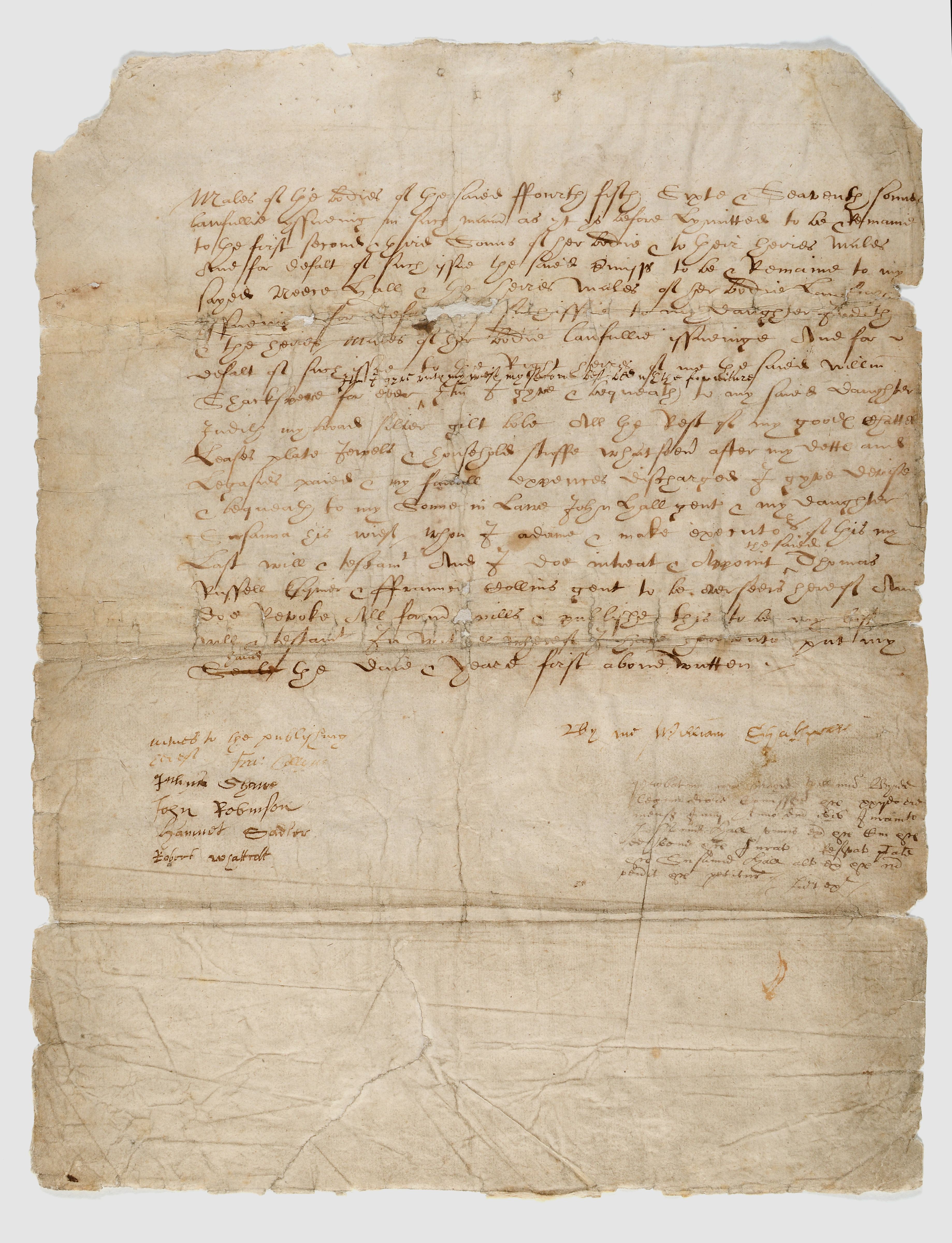
.jpg)

.jpg)
